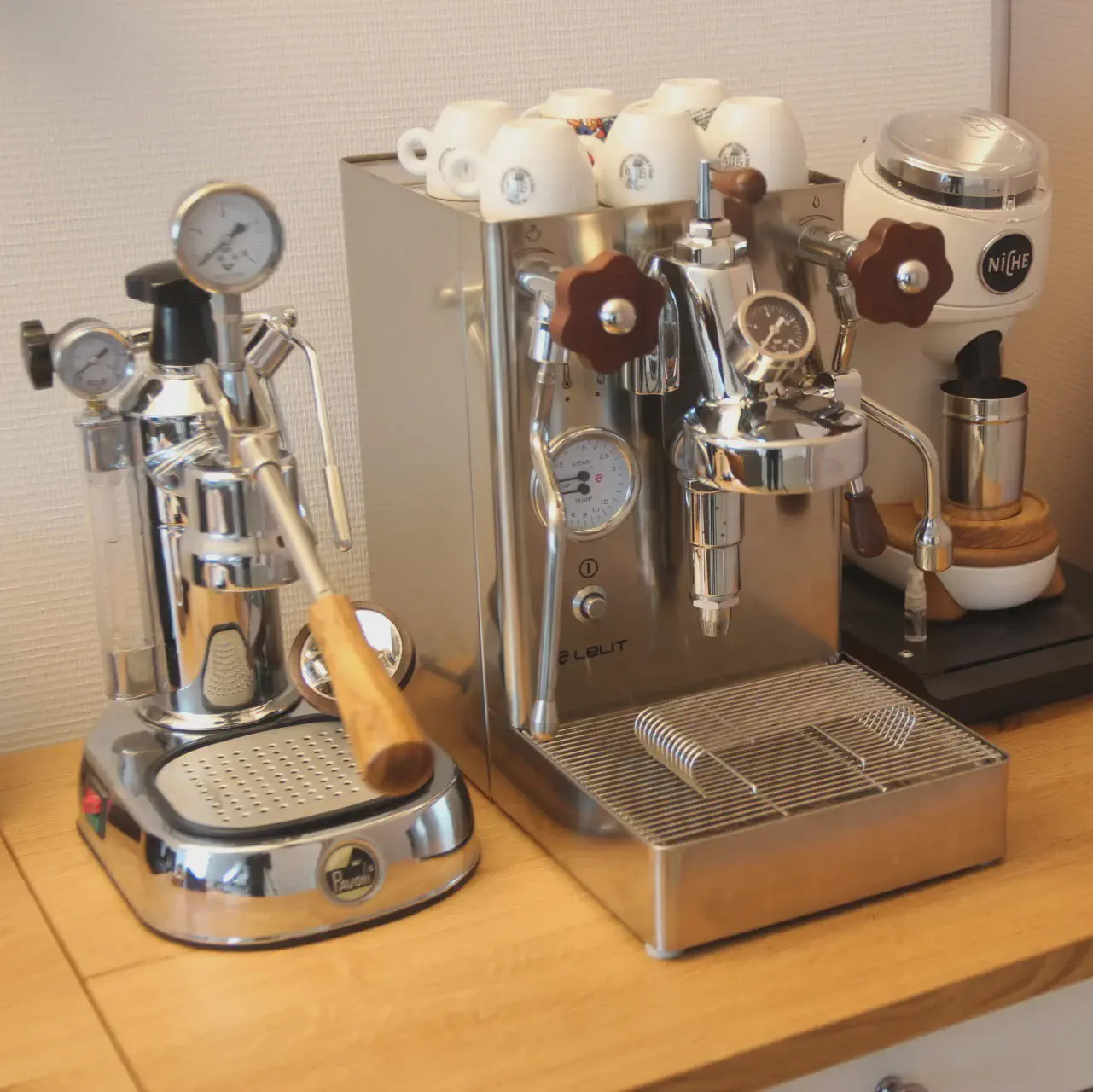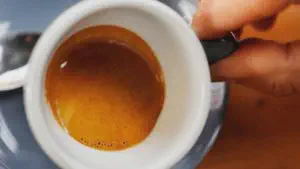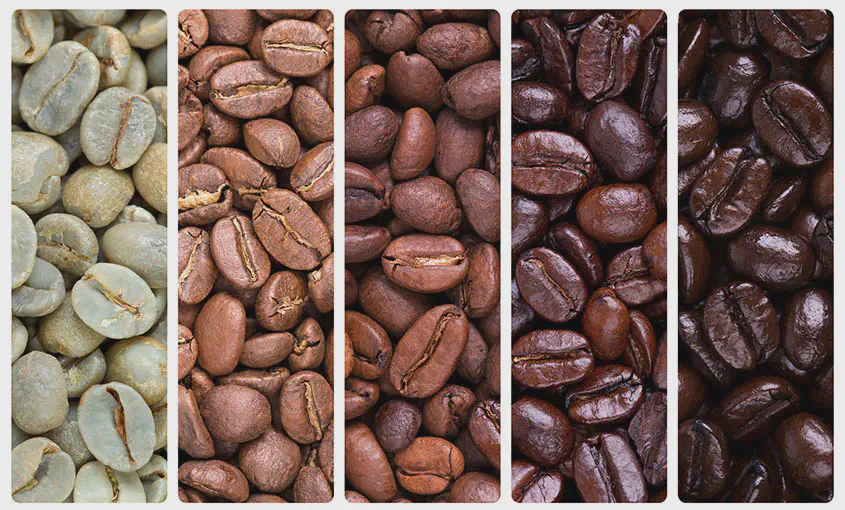Making the Perfect Espresso

Discover the secrets to making superior quality espresso with our simple and effective tips. Dive into the world of this preparation method that will awaken your taste buds. Learn to adjust your grinder, master the extraction time, and unlock unique flavors. Transform your kitchen into a real coffee bar and improve your barista skills at home!
Making an espresso, a science and a pleasure
Making a good espresso is both a true science and a constant pleasure. Each prepared coffee presents slight differences, and we always seek to understand which detail influenced the quality or taste, and why we found it better. We test different settings of the grinder, different coffee doses, as well as the pre-infusion duration…
If you are a complete beginner, I invite you to watch the “For Beginners” video at the end of this article, which explains the basics of extraction time and how to judge whether an espresso is properly extracted.
But first of all, what is an espresso?
An espresso (or expresso, from the Italian espresso meaning “extracted by pressure”) is a full-bodied coffee with a powerful aroma, obtained by percolation under high pressure. This consists of rapidly passing hot water at approximately 9 bars of pressure through finely ground roasted coffee. The specialist in this preparation is called a barista.

A good espresso must meet the following criteria:
- Extraction time: 23 to 26 seconds
- Volume: 36 to 40 mL with crema
- Pressure: approximately 9 bars
To discover all the variables influencing your espresso, check out this detailed article.
What is coffee crema?
Crema is the thin hazelnut-colored layer on top of the espresso, with darker highlights. Composed of oils, proteins and sugars, it serves to preserve the aromas while maintaining the coffee’s temperature. A successful crema is dense, uniform, smooth, without bubbles on the surface, with a thickness of a few millimeters that doesn’t disappear when you tilt the cup.

How to obtain a good crema?
A true crema can only be obtained with a real espresso machine. It is imperative to grind the coffee just before extraction, put it in a non-pressurized filter and have appropriate settings.
Several parameters influence the quantity and quality of crema:
- The type of coffee: The choice of coffee has a major impact. Dark roasted coffees often produce less crema. Also avoid coffees designed for filter, which produce very little crema.
- The grind: The grind size must be precise. Too fine, the water will flow slowly and the crema will be thin or absent. Too coarse, the water will pass too quickly, and you won’t have any crema.
- Even tamping: Before tamping, distribute the coffee well in the portafilter to avoid areas of weak resistance. This often neglected step greatly influences extraction.
- Extraction temperature: It also plays a role in crema formation, but it is mainly adjusted to balance the taste.

Extracting a perfect espresso
The video below shows in slow motion the extraction of a perfect espresso, made with a bottomless portafilter (without spout). This type of portafilter is ideal for a single espresso, offering a more aesthetic visual and often more crema.
To achieve this result, you must have a coffee grinder and a real espresso machine, that is, a machine that does not require a pressurized filter.
Making a perfect espresso in front of your guests is a real show that always impresses!
For beginners in making espresso
If you’re a beginner, this video will give you a solid foundation to succeed with your first espressos.
